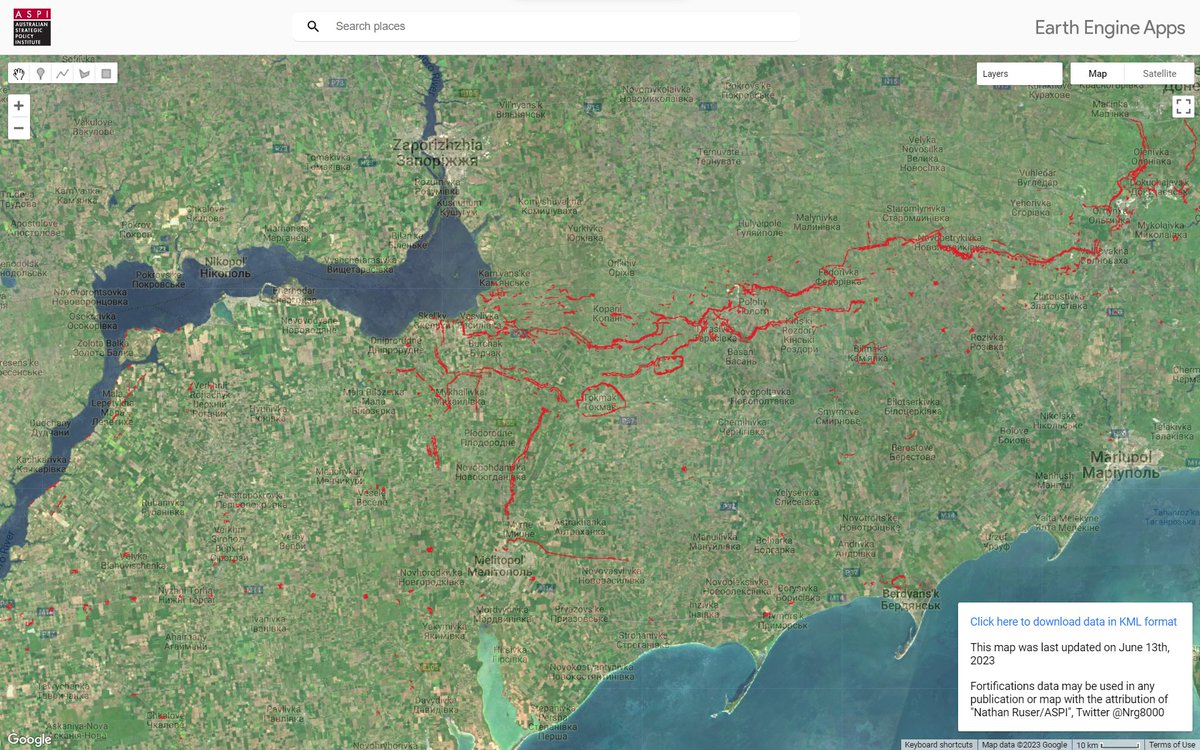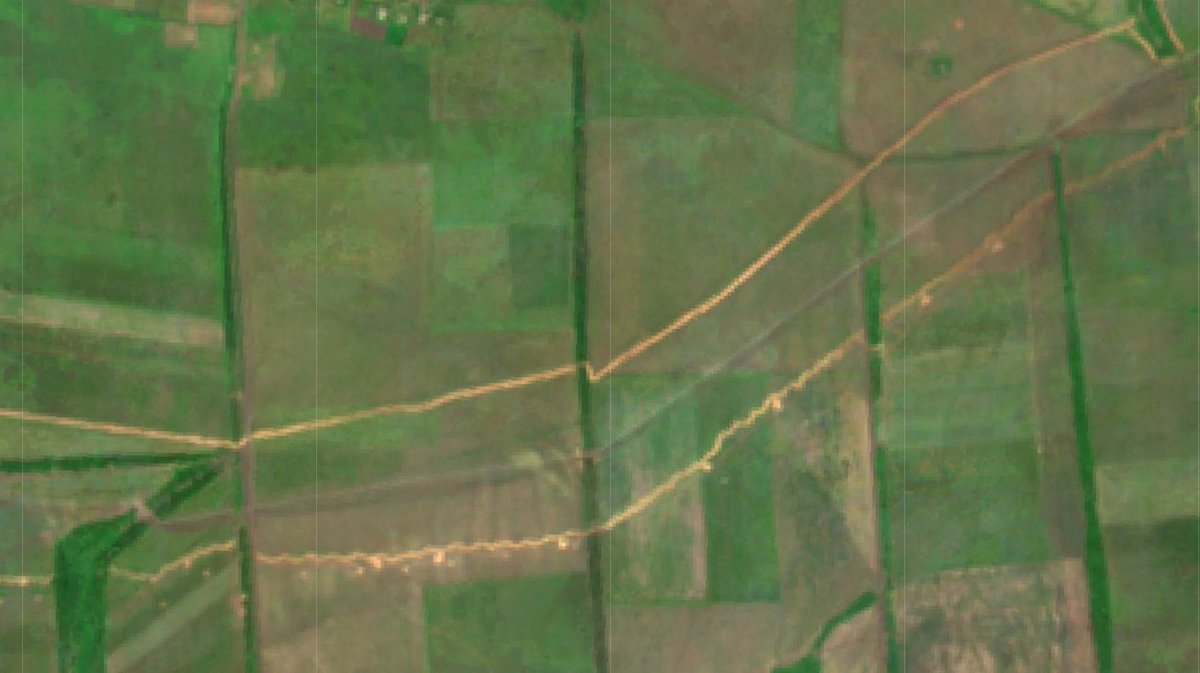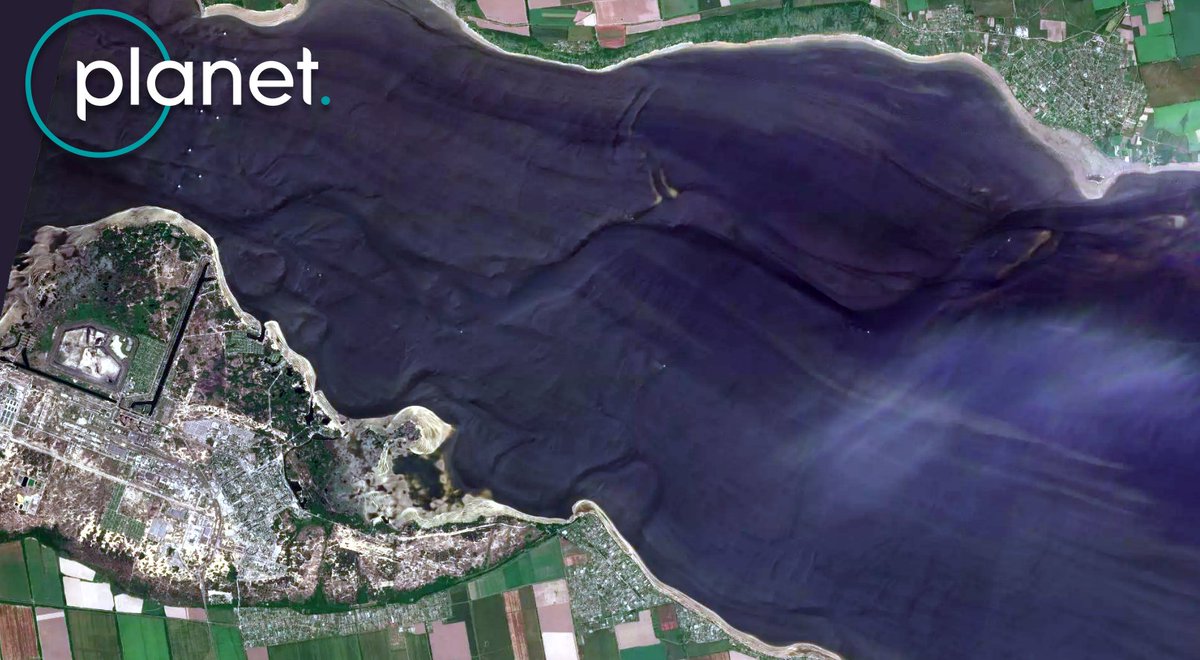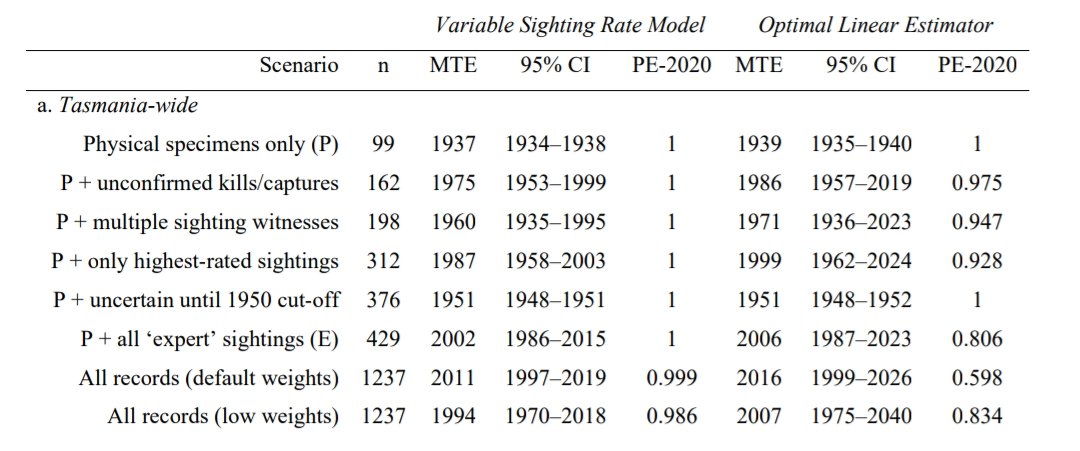🧵I've updated this fortifications data to include all Southern occupied Ukraine (Donetsk city - Crimea - Kinburn) with 2,389 fortifications traced from new satellite imagery. A download link is included.
nrg800.users.earthengine.app/view/russianfo…
So what does this mean for the Ukrainian offensive?


nrg800.users.earthengine.app/view/russianfo…
So what does this mean for the Ukrainian offensive?
https://twitter.com/Nrg8000/status/1667119808494829568



Obviously, the purpose of this data is to provide insight to people far more knowledgable in the military tactics and strategy than me, so I won't focus too much on my armchair general takes, but I do want to share a few quick things that mapping this mas made me realise.
These fortifications look formidable. Russia has clearly invested SIGNIFICANT time and manpower into building a robust and comprehensive main-defensive line behind the front, and these provide challenges to Ukraine that it has not faced before in its offensive operations.
A lot of Ukrainian offensive operations so far have relied on manouver and infantry pushes, fighting in undermanned weakspots and isolating fortified locations & forcing withdraw or risk capture. Infantry-led pushes involving small-position CQB has been prevelent.
(This better characterises the Kharkiv offensive rather than the Kherson offensive, but similar trends have occured throughout - to the extent of the meme that 'tanks are obsolete' that we hear shouted sometimes)
That doesnt hold true here. The main defensive line consists of multiple layers of anti-tank trenches, anti-tank teeth, minefields & infantry trenches. These will require actual engineering to cross, with mine-clearing vehicles, bulldozers & whatever else necessary at the front. 

This doesn't just require reaching the front, manouvering and assaulting small positions, but reaching and securing the main line to the extent that support elements can approach, likely with limited control of the other-side and with Russia's improved artillery to deal with.
• • •
Missing some Tweet in this thread? You can try to
force a refresh

 Read on Twitter
Read on Twitter














